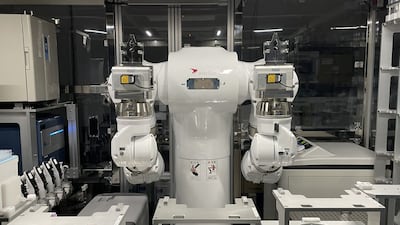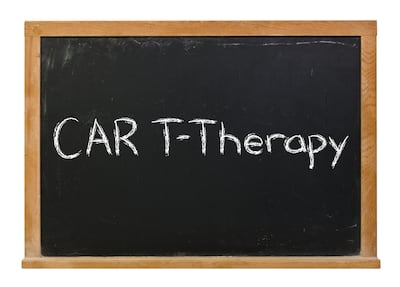ADVERTISEMENT
Cellular & Genetic
Industry warns healthcare infrastructure – not manufacturing – may be the real bottleneck as cell therapies eye mass-market diseases.
Investors and analysts say cell and gene therapy is entering a disciplined “phoenix” phase, with selective risk taking, AI enabled platforms and new pricing models redefining how one time cures attract capital.
Cellafa Bioscience, an Astellas-Yaskawa joint venture, uses Maholo robotic automation and AI to standardize cell therapy manufacturing, targeting GMP compliance within two years and global expansion.
In an exclusive interview, Generics Bulletin spoke to a trio of experts who argue that biosimilar cell and gene therapies are technically within reach but demand unprecedented regulatory clarity, manufacturing evolution and economic alignment before they become reality.
Executives leading the commercialization of cell and gene therapies are informing how the industry approaches everything from manufacturing strategy to physician education.
With Gilead reporting that both of its approved CAR-Ts saw sales declines as other products saw growth, a mixture of different competitive headwinds seems to be behind the disparities.
The biotech will present data at the upcoming ASH meeting on three patients who achieved PRs or VGPRs with minimal residual disease negativity and no cases of neurotoxicity.
French biotech CellProthera is advancing to Phase III with its autologous CD34+ stem cell therapy that regenerates tissue after severe heart attacks.
Patient advocacy organizations are transforming gene therapy development by funding research, de-risking programs and driving ultra-rare disease treatments from concept to clinic at unprecedented speed.
In this episode of the In Vivo podcast, Lupus Therapeutics' Stacie Bell discusses transforming lupus drug development through patient-centered clinical trials, promising new oral therapies and revolutionary cell therapy approaches.
Non-binding offers have come mostly from groups of financial investors rather than biopharma players.
Aurigene Oncology CEO talks in this audio interview about the tough biotech funding environment, pipeline assets including a CAR-T therapy in Phase II, "hybrid" manufacturing, outcome-based reimbursement and the promise of bispecifics and multispecifics, including Akeso's PD-1/VEGF bispecific.











